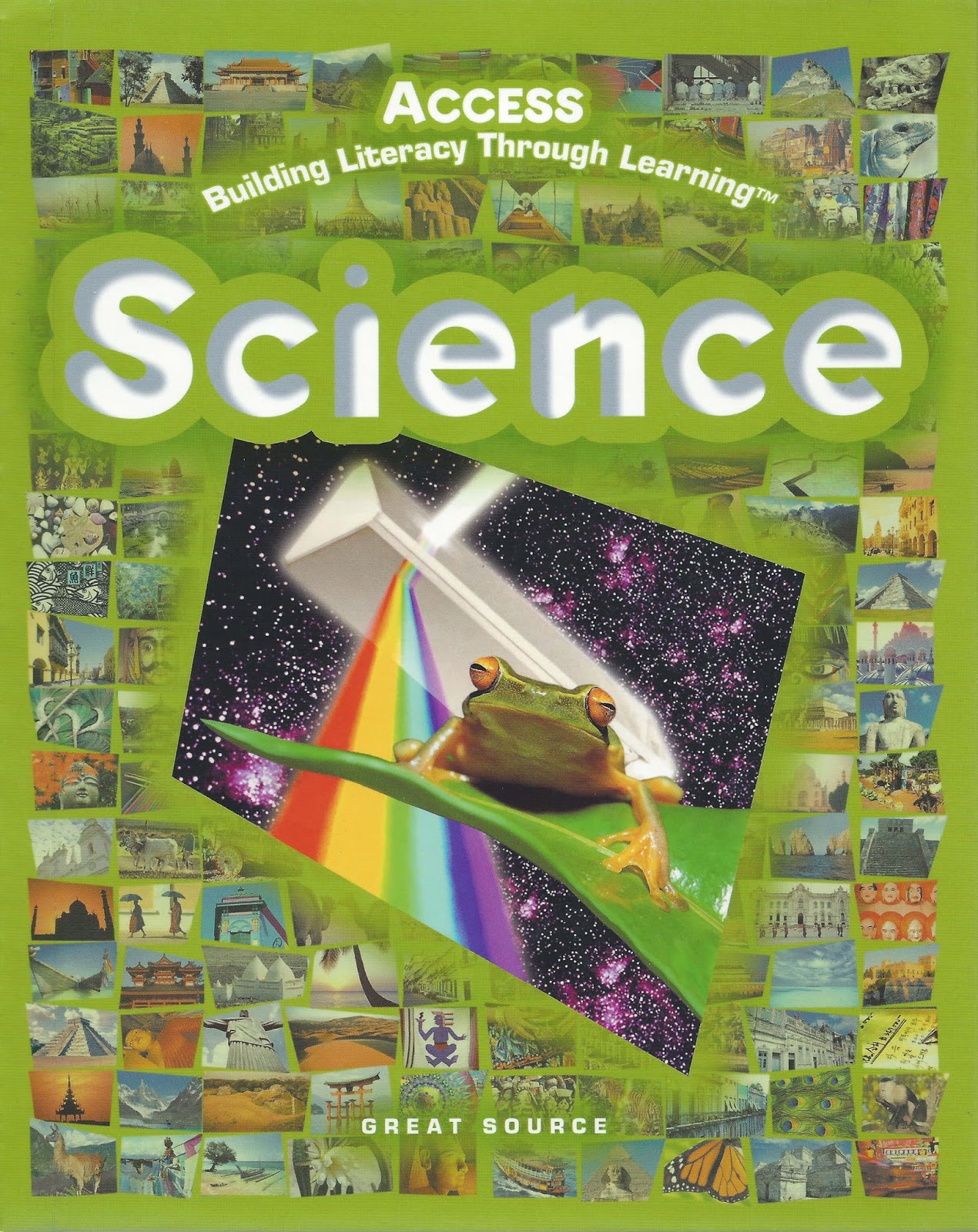Continuing with last week’s focus on teaching academic subject matter to English Language Learners, this week I am recommending a textbook series rather than an individual book. Each book in the series deals with an academic subject and I have used 3 of the 5 books with my students. (You can read the prior posts in this series of book recommendations for teachers of ELLs here.)
 |
| Source: The ESL Nexus |
(This post contains affiliate links. That means that I make a small commission if you purchase any of these books but it’s at no additional cost to you. Thank you for your support!)
SUMMER READING: BOOKS #4 & #5:
Access Math and Access Science
By Dr. Elvira Duran, Jo Gusman, and Dr. John Shefelbine
These 2 books are part of Great Source’s Building Literacy Through Learning series, which also includes books about American History, World History, and English plus a textbook for Newcomers. I ordered the American History book through my department and so was able to get a set of 5 student textbooks plus the teacher’s book and student workbooks. The Math and Science textbooks I acquired at ESL conferences and I don’t have the supplementary materials for them.
What I like about this series is that language development is woven into teaching the academic content. I think these books are most appropriate for ELLs at a low intermediate proficiency level; that is, for students at that level, the books in this series could be used as stand-alone texts. Students at more advanced levels of proficiency would probably benefit just by using them as supplements to their other textbooks when they need clarification or additional practice.
Of course, may other textbook series incorporate language learning, too, but I didn’t find many math and science books that did it well. The Access series does. For example, each chapter begins with a Big Idea that states what students will learn and is followed by a Building Background section to activate students’ learning. The most important concepts are highlighted, important vocabulary is explained at the bottom of pages, pair work is explicitly included (Talk and Share and Partner Practice). Words with multiple meanings are explained in boxes. All this is in addition to the explanations of the subject concepts and activities and practice exercises, which include writing extended responses to questions for writing practice. Numerous color photos and charts also help students learn.
The workbook for students, called the Student Activity Journal, contains activities that use the content topics to further the language development of ELLs. They worked well as in-class tasks and also as homework assignments. There is also an Assessment Book whose contents can be used as tests, although I didn’t solely rely on it to evaluate my students’ understanding of the material.
I don’t have my own copy of the American History textbook and I don’t remember all the topics in it but below is a list of the topics in the Access Math and Access Science books.
 |
| Cover of student textbook; source: The ESL Nexus |
The Access Math book includes the following units:
* Number Concepts
* Introduction to Algebra
* Decimals
* Number Theory
* Fractions and Mixed Numbers
* Ratios, Proportions, and Percents
* Data and Statistics
* Geometry
* Area and Volume
* Probability
* Integers
* More Algebra
 |
| Cover of student textbook; source: The ESL Nexus |
TheAccess Science book includes the following units:
* Thinking as a Scientist
* Earth Science (3 units)
* Life Science (4 units)
* Physical Science (4 units)
The publisher says this series is aimed at students in Grades 5 – 12. I think it’s ideal for middle school. Besides using them in actual classes, you can also use them for tutoring or homework help programs. I found the math book especially useful in my before-school homework program.
You can find out more about Access American History here. Links to the other books in this series are provided at the bottom of those webpages.
July 17, 2017




